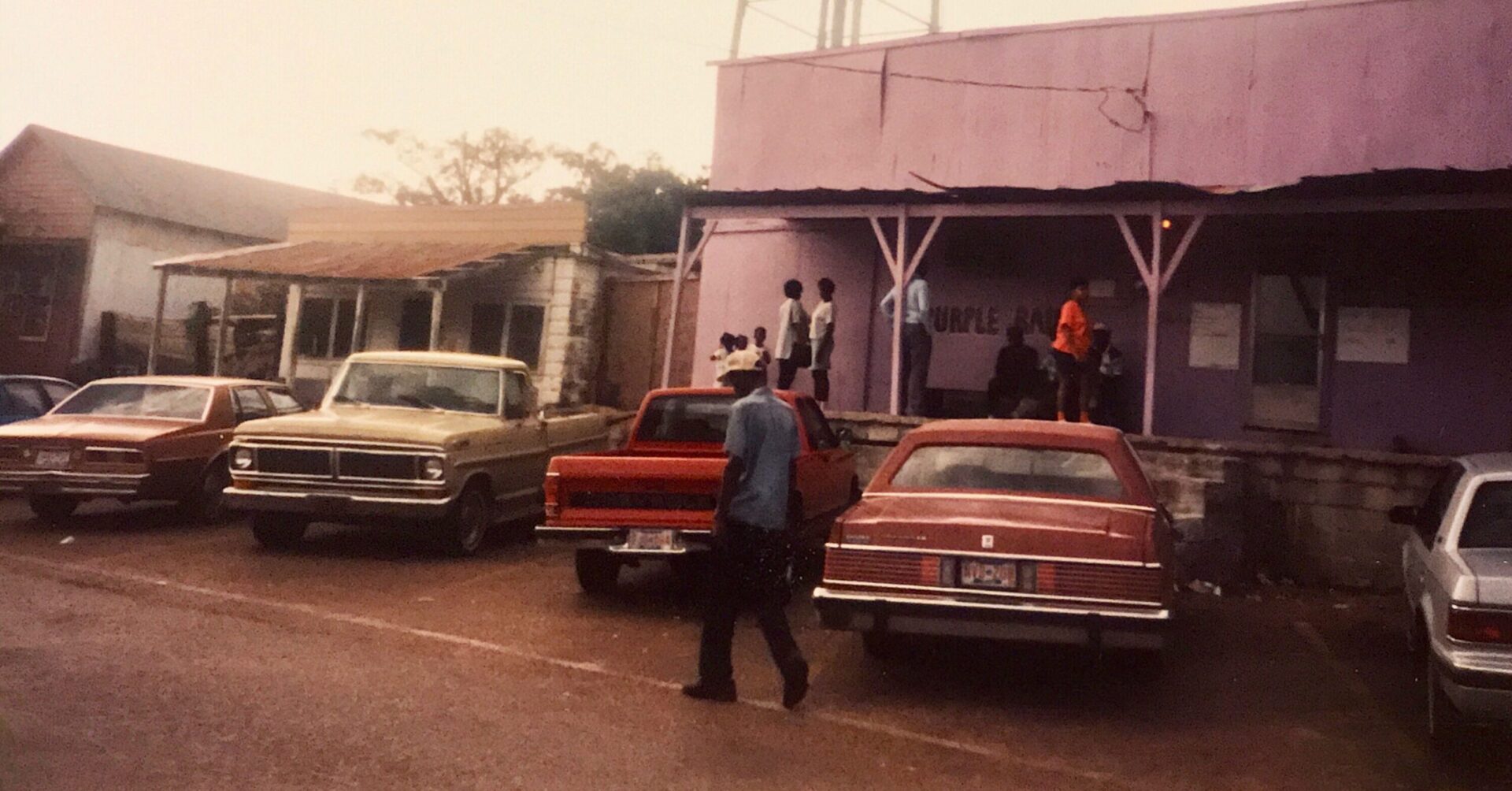Juneteenth commemorates the effective date of the Emancipation Proclamation in Texas, where planters apparently attempted to defy it (in the remainder of the South, the proclamation took effect on May 8). What is unclear is why the Texas “Juneteenth” has become the day of celebration for African-Americans nationwide, replacing the “Ada May” celebrations that used to be held in the rest of the south. In Memphis, Juneteenth is held in Douglass Park as a three-day festival of music, food, dance and wholesome activities for children. This year there was also a classic car show in Douglass Park. 6/16/12
Remembering or Honoring?
The Citizens to Save Our Parks and other groups that want to retain Memphis park names that honor the Confederacy often accuse those of us …













